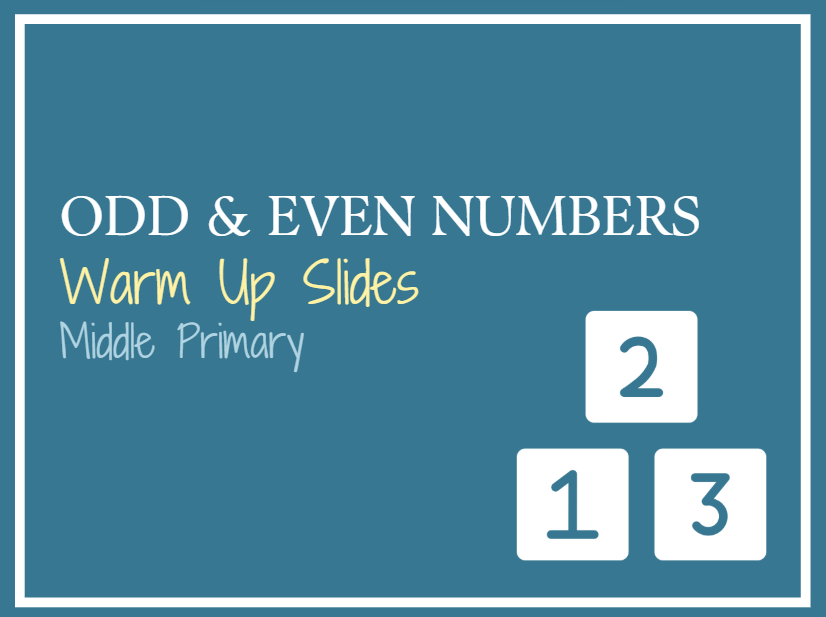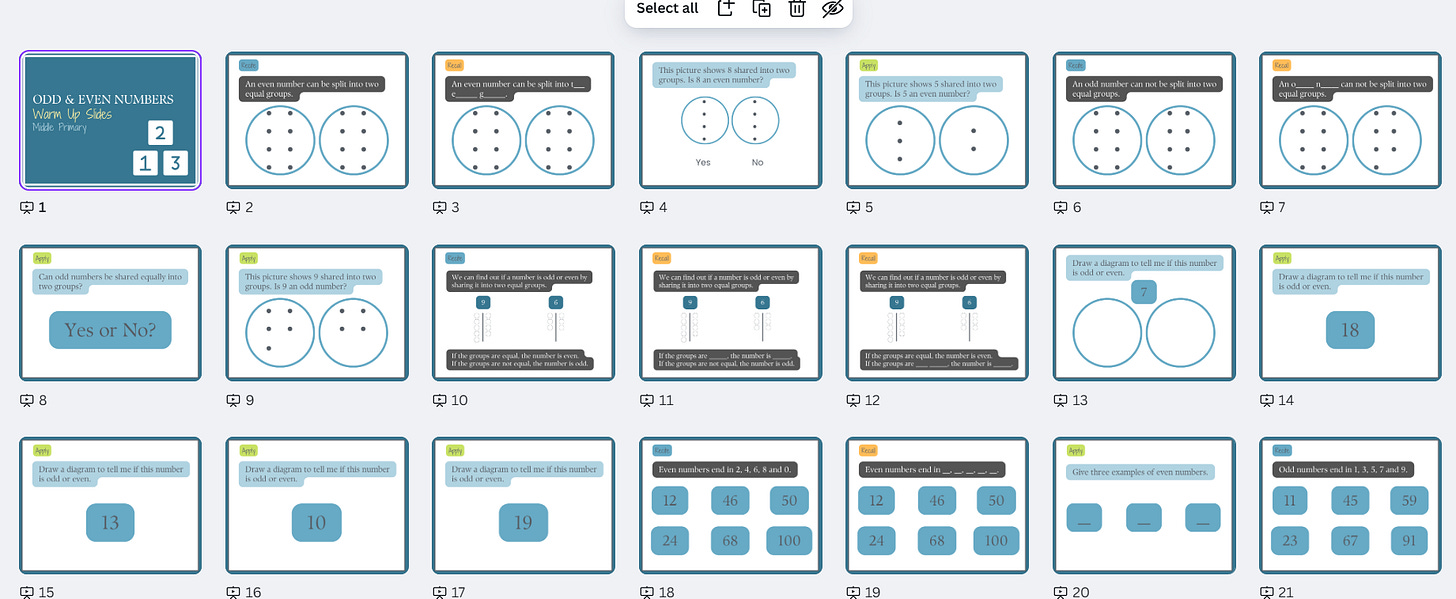Daily Review Tips for Better Retention
Learn how Daily Review enhances explicit teaching, building fluency and confidence.
In every classroom, ensuring that students retain and apply what they’ve learned is a constant challenge. Daily Review, when paired with explicit teaching strategies, becomes a game-changer. While explicit teaching focuses on clearly demonstrating a skill or concept scaffolding, the addition of sequenced and spaced practice through Daily Review takes learning to the next level. This combination not only develops fluency and boosts confidence but also improves overall student outcomes by reinforcing knowledge over time in a purposeful and structured way. In this blog post, we’ll explore actionable Daily Review tips, how it works, and why it’s so effective to help you maximise retention and student success in your classroom.
What is Daily Review?
Daily Review is a short, planned review of previously taught material. Far from being a random recap, it’s a structured, sequenced process designed to reinforce learning, build fluency, and ensure students have the prerequisite skills needed for new lessons. Typically lasting no more than 15 minutes, this strategy focuses on revisiting essential skills and concepts to prepare students for the day’s objectives.
Why Use It?
The power of Daily Review lies in its ability to transform knowledge into mastery. Here’s why we must incorporate Daily Review into our planning:
Builds Fluency
Consistently revisiting taught material helps students develop fluency, allowing them to recall and apply skills more easily. This is particularly important for foundational concepts, such as basic maths facts, spelling patterns, or grammar rules.
Prepares for New Learning
By reviewing prerequisite skills in a planned and structured way, students are better equipped to engage with the day’s lesson. This ensures that gaps in understanding don’t hinder progress.
Boosts Confidence
When students revisit and successfully apply previous knowledge, they feel a sense of achievement. This confidence not only improves their attitude toward learning but also motivates them to tackle new challenges.
Improves Long-Term Retention
The spaced repetition inherent in Daily Review reinforces learning over time, making it easier for students to retain and recall information when they need it most.
Daily Review Tips
Here are some strategies you can use for better student retention:
Keep It Short and Focused
Limit your review to 5–15 minutes to maintain engagement and maximise efficiency. Overloading students with too much recall in the form of questions can diminish the benefits.
Plan and Sequence Your Review
Avoid random questions or exercises. Instead, use a structured cycle to revisit previously taught material in a logical and purposeful way. Align the review content with the prerequisite skills needed for that day’s lesson.
Once a skill is taught ideally you will have an intense review session of that skill over the coming days. Then you can review 3, 7 and 30 days after the skill has finished that initial intense review period.
Then the skill will pop back up into the review when it is a pre-requisite skill.
Directly Align with Learning Intentions
Ensure that Daily Review activities directly relate to the learning intentions of your previously taught skills. The activities should mirror those completed during previous lessons, using the same methods and formats. Avoid introducing new or unrelated activities that students haven’t been taught.
Incorporate Recite, Recall, and Apply
A helpful approach for theory-heavy subjects like science or geography. Have students recite key definitions or concepts, recall them independently, and then apply them in a practical context. For example, after reciting the definition of photosynthesis, ask students to recall it from memory and then apply it to explain a real-world example.
Use Rapid Question-Answer Formats
Responses from students during Daily Review should be quick and efficient. Avoid time-consuming tasks like writing paragraphs or detailed responses. Use rapid-response methods such as multiple-choice questions (A, B, C, D), true/false, yes/no, agree/disagree, fill-in-the-blanks, or identifying correct versus incorrect answers. Tools like response cards or templates can streamline this further.
Do the Daily Review First
The placement matters. It should be the very first thing you do at the start of the lesson, before introducing new content. This ensures students have the necessary knowledge and confidence to engage with the lesson’s objectives.
Focus on Application
While recalling facts is important, the true value lies in applying knowledge. Encourage students to solve problems, answer questions, or engage in quick activities that use the skills they’re revisiting.
➡️Time-Saving Tip
Don’t write daily review slides separate to your lessons slides. Here’s a more efficient approach:
Take your check for understanding slides from your lessons.
Copy them into a separate daily review deck.
Duplicate the slide a couple of times.
Change the numbers/text & there you have it.
Daily Review Examples - Free Template
📎 Odd & Even Numbers Warm Up Slides
The Impact
Daily Review is more than just a warm-up, it’s a powerful tool for building fluency, fostering confidence, and ensuring students are ready for success. When implemented effectively, it provides the consistent practice students need to retain knowledge, meet success criteria, and thrive in their learning journey.
By focusing on strategies like Recite, Recall, and Apply, aligning review activities with learning intentions, using rapid checks for understanding, and prioritising skill application, you can make the most of this valuable routine. Starting each lesson with a well-planned Daily Review not only supports retention but also equips students with the tools they need to succeed, one 10-minute session at a time.
Brolga Education
Created by Trudy Mayo — explicit teaching specialist & curriculum writer.
💌 New here? 📚 Follow on Instagram for daily tips & behind-the-scenes @brolgaeducation




